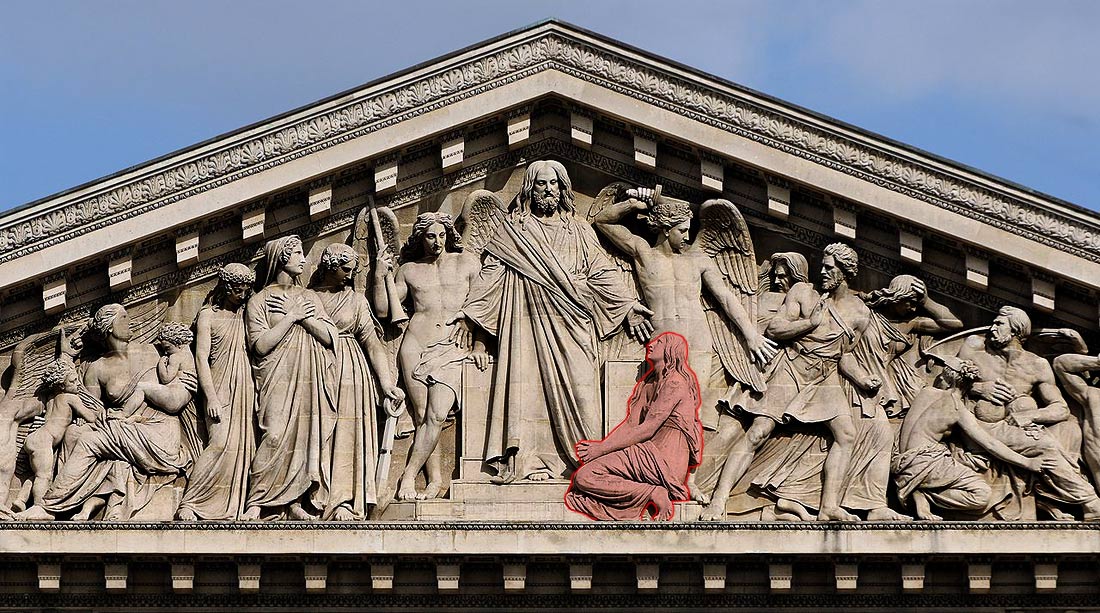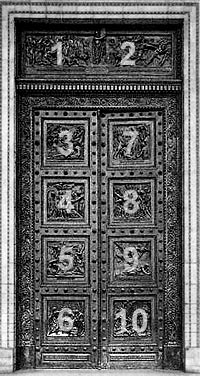|
|
General: KAABA SHIVA LINGAM VATICAN
Choose another message board |
|
Reply |
Message 1 of 7 on the subject |
|
|
|
|
 First
First
 Previous
2 to 7 of 7
Next
Previous
2 to 7 of 7
Next
 Last
Last

|
|
Reply |
Message 2 of 7 on the subject |
|
|
|
|
Reply |
Message 3 of 7 on the subject |
|
|
|
|
Reply |
Message 4 of 7 on the subject |
|
Él es Shiva: el dios de la destrucción que baila para crear nueva vida en India
ANDREA FISCHER29 ABRIL, 2023
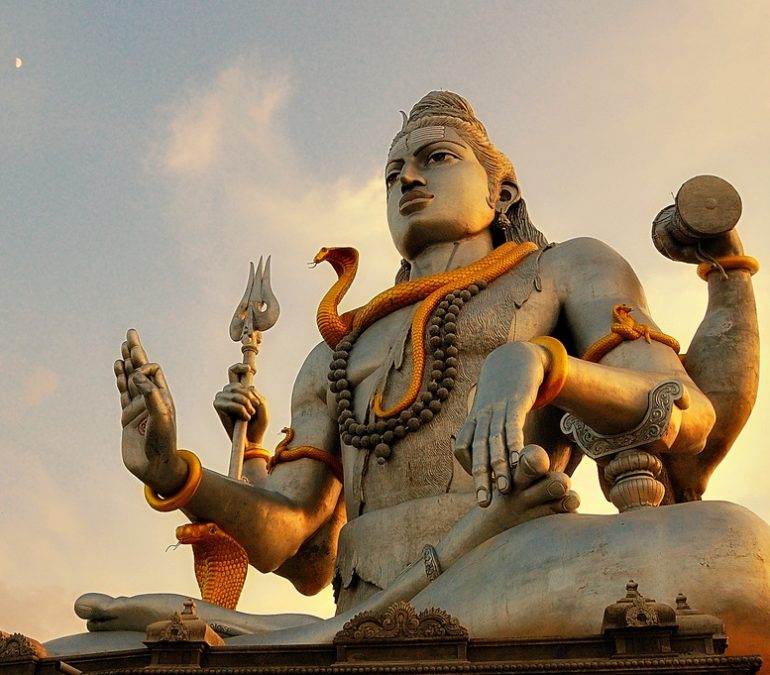 Escultura monumental de Shiva, el dios hindú de la destrucción y la danza | Crédito: Thejas Panarkandy / Wikimedia Commons (Creative Commons Attribution-Share Alike 2.0)
Bélico, sanguinario y en ocasiones bondadoso, Shiva es el dios hindú de la destrucción, la danza y la meditación. Ésta es su historia.
El tiempo no es lineal para el hinduismo. Por el contrario, según la tradición sagrada de la India, el cosmos se destruye cada 2,160,000,000 años, en el ciclo perpetuo de la vida en el Universo. A diferencia de otras tradiciones religiosas, éste no es motivo de penuria y dolor. Por el contrario, se le atribuye a la danza de Shiva: el dios de la danza que destruye para generar nueva vida.
A veces representado como un hombre azul, y otras, como un danzante de 4 brazos, la figura de Shiva consolida una de las 3 fuerzas fundamentales del Universo. Benevolente, errático e irascible, es una de las deidades más veneradas en el país desde hace más de 2 mil 500 años. Ésta es su historia.
Te sugerimos: Huitzilopochtli: el dios patrono del imperio más poderoso de Mesoamérica
Aquel que danza y destruye
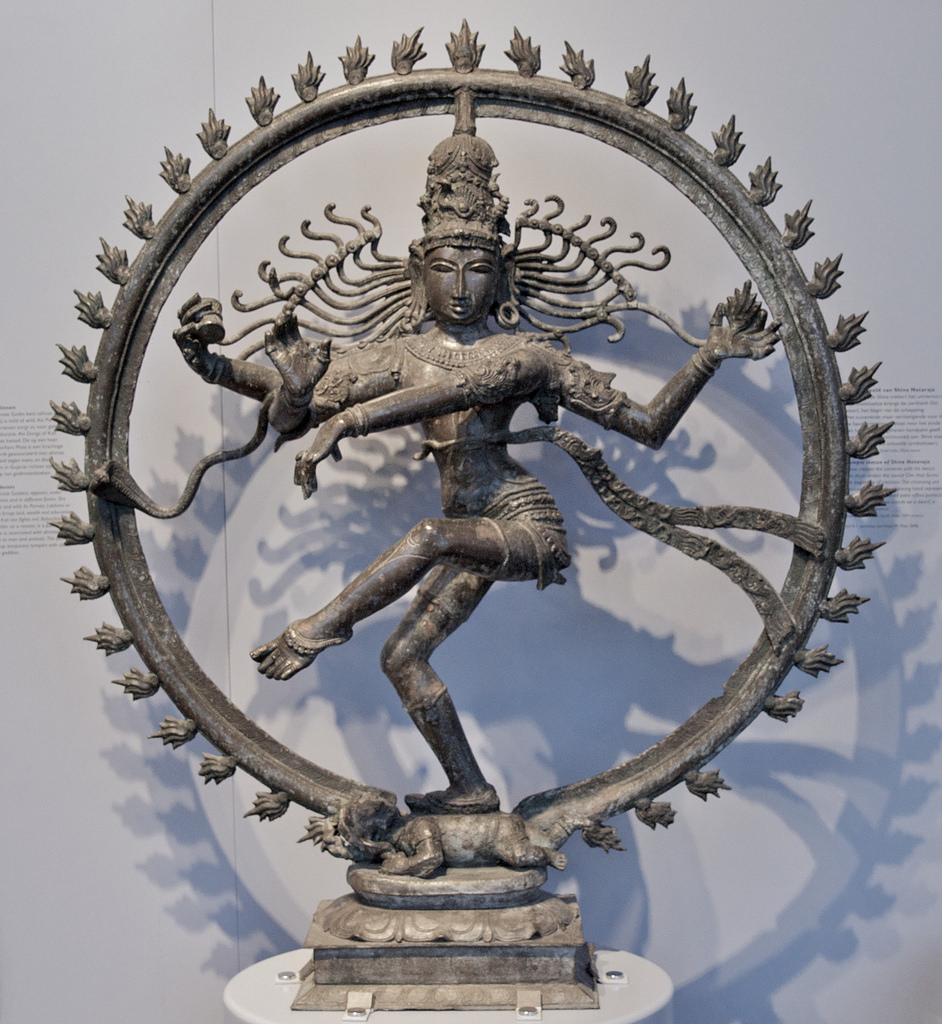 Shiva representado como Nataraj, el dios de la danza | Crédito: Flickr. Original / Peter F
El culto (y el miedo) a la destrucción absoluta no es nuevo para los seres humanos. Incluso desde Mesopotamia, una de las civilizaciones más antiguas de las que se tiene registro, los panteones sagrados estaban atestados de figuras divinas que se dedicaban a destruir y traer caos. La India no está exenta de este temor histórico.
Para la tradición hindú, Shiva es ‘el Destructor’. Junto con Brahma y Vishnú, es uno de los miembros de la trimurti: las tras fuerzas fundamentales del Universo. Respectivamente, se entienden como sigue:
- Creación: representada como Brahma, un anciano sabio que originó el cosmos en el inicio de los tiempos.
- Orden: atribuido a Vishnú, el dios que regula y organiza todas las cosas que existen.
- Destrucción: a cargo de Shiva, el dios bailarín que, con sus huestes de demonios y espíritus oscuros, se encarga de devastar el Universo.
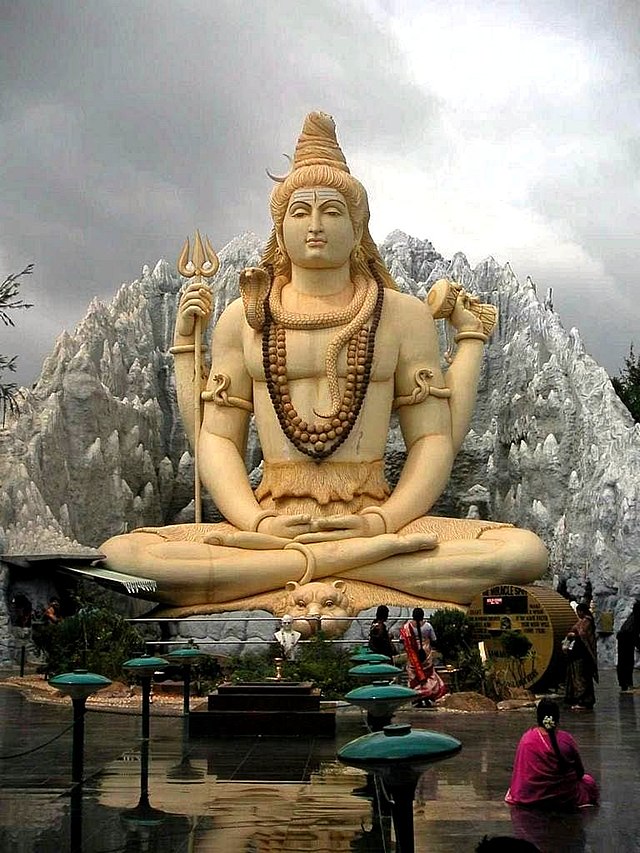 A Shiva generalmente se le muestra con un par de serpientes alrededor del cuello, porque sobrevivió a la mordedura de una cobra (por eso, también, se le representa con piel azul) | Crédito: Deepak Gupta / Wikimedia Commons (Creative Commons Attribution-Share Alike 2.0)
En conjunto, estos tres dioses antiguos consolidan la sagrada trinidad hindú. Conforme el culto a cada una de las fuerzas originales se asentó en el entramado cultural de la India, sin embargo, cada uno adquirió personalidades diferentes.
Por su parte, Shiva es un dios de nombres múltiples. Así como es venerado como el Destructor, también se le conoce por ser el patrón de los mendigos y bandidos. De la misma manera, según la tradición shivaísta, es el dios a quien se le revelaron todas las escrituras sagradas, conocidas como los Vedas.
También lee: Él fue Seth: el dios del caos que asesinó a su hermano para apoderarse de Egipto
¿Qué poder tiene Shiva?
Shiva es un dios dual: así como se encarga de erradicar todo lo que existe con su ejército de demonios, también representa el arquetipo de monje ascético, documenta World History Enciclopedia:
«SHIVA ES TAMBIÉN EL GRAN ASCETA, QUE SE ABSTIENE DE TODA FORMA DE INDULGENCIA Y PLACER, CONCENTRÁNDOSE MÁS BIEN EN LA MEDITACIÓN COMO MEDIO PARA ENCONTRAR LA FELICIDAD PERFECTA.»
Como un practicante asiduo de la meditación, desde su morada glacial en la cima de los Himalayas, a Shiva se le reveló gran parte del conocimiento científico y filosófico que sustenta a las escrituras védicas. Así también, en medio de un sueño meditativo, al dios se le revelaron todas posturas de yoga originales.
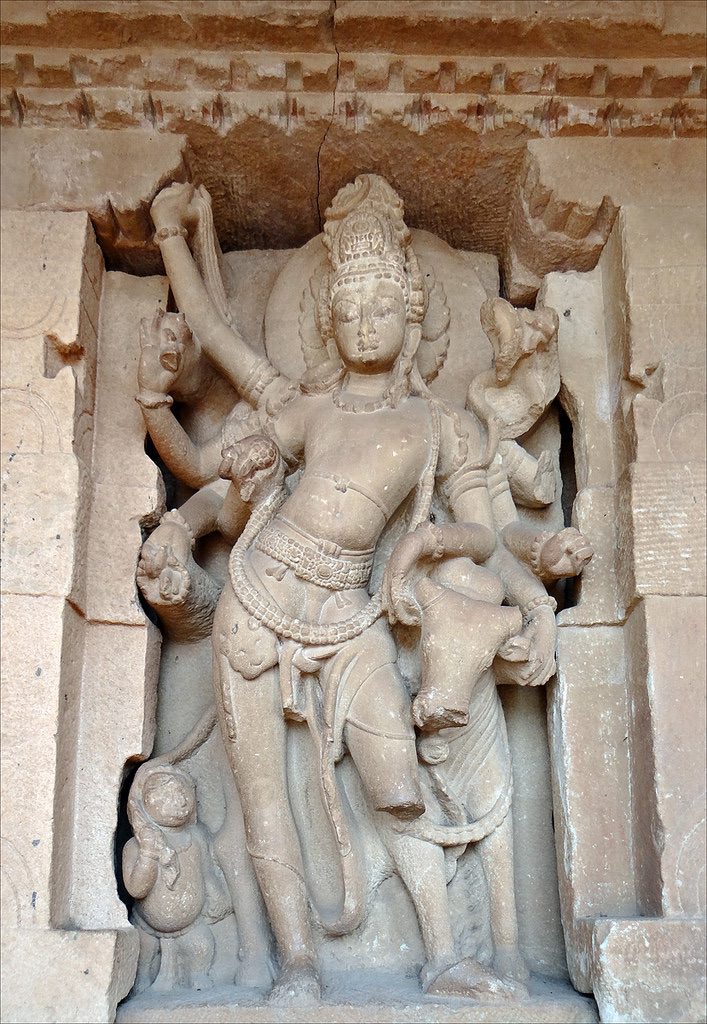 A Shiva se le reconoce por sus múltiples brazos, que representan el movimiento que describe al bailar. | Crédito: Flickr / Jean-Pierre Dalbera.
Así como conserva su lado oscuro, guerrero e irascible, Shiva también resplandece como una deidad fácil de complacer. Por lo cual, documenta Britannica, «entre sus epítetos comunes están Shambhu («Benigno»), Shankara («Benéfico»), Mahesha («Gran Señor») y Mahadeva («Gran Dios»).»
Varias de las historias tradicionales que protagoniza versan sobre cómo llevar una vida virtuosa para alcanzar la iluminación: el estado de conexión absoluta con el cosmos. Por lo cual, las representaciones de Shiva a lo largo de la historia podrían parecer, incluso, antagónicas:
- Un padre de familia bondadoso: junto a su consorte humana, Parvati, cuida de su único hijo, Ganesh, mientras guarda un trance meditativo ininterrumpido.
- Un ser supremo explosivo y bélico: que puede devastar familias enteras con enfermedad y miseria de no rendírsele el culto obligado.
A fin de cuentas, según narra la tradición shivaísta más radical, en el inicio de los tiempos fue él quien venció a todos los dioses del panteón hindú. Fue así, dicen sus seguidores, que se ganó el lugar como el más poderoso de todos.
Conoce más sobre mitología antigua:
Ella es la Coyolxauhqui, la diosa de la Luna que lidera a las estrellas en el firmamento
Isis: la diosa egipcia que venció a la muerte e inventó la hechicería
Ella fue Lilith: la antigua diosa mesopotámica de la destrucción
|
|
|
|
Reply |
Message 5 of 7 on the subject |
|
Tellingly the LHC suns are aligned with the (original/#1) Earth's equinoctial axis.

So the context is right and the stage is set…
Are our 3 Suns a perfect replica of Orion's Belt, and through which the Giza pyramids? One way to find out:

They, are, in fact, identical!
The LHC is… an "Orion Stargate".
Apollo
Mankind set foot on the Moon for the first time on July 20th, 1969 as NASA's Apollo 11 mission successfully landed in the Sea of Tranquility, allowing the first astronaut Neil Armstrong to take his "one small step for (a) man, giant leap for mankind".

The Moon has been shown to be a major component of the LHC secret design and here it is confirmed further by the fact that the Apollo program also intelligently interacts with the LHC…
- The Apollo Earth-Moon connection echoes the LHC-SPS relationship (= Earth-Moon ratio)
- CERN/LHC is partially situated in the French town Saint-Genus-Pouilly; the name "Pouilly" apparently comes from the Latin "Appolliacum"; in Roman times there was a temple dedicated to Apollo in the area (link 1, link 2)
- "Apollo" is also said to mean "to destroy" or "the destroyer" (= Apollyon) and right at CERN/LHC infamously stands a statue of Shiva, a Hindu deity known as "the Destroyer"
Now let's take a look at the Apollo program insignia…
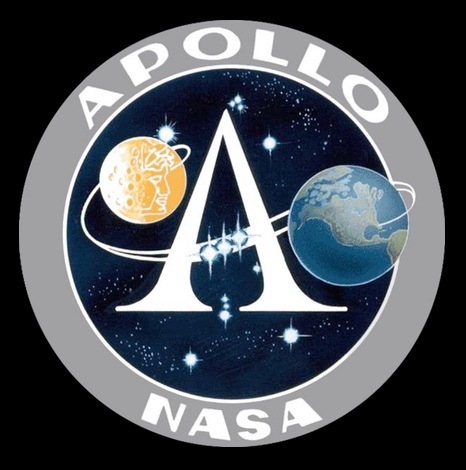
- The Orion constellation is centrally depicted in the middle of the insignia, resonating with the LHC "Orion stargate" code
- Orion represents Osiris the god of the underworld; the name "Apollo" is associated with a "bottomless pit" (underworld) via Apollyon/Abaddon in the Book of Revelation 9:11
Revelation 9:11 And they had a king over them, which is the angel of the bottomless pit, whose name in the Hebrew tongue is Abaddon, but in the Greek tongue hath his name Apollyon.
After finding this many correlations, our next logical step is to check for any visual overlay interaction between the Apollo program insignia, which is circular, and the LHC/solar system/Orion Belt Stars diagram we've been working with.
For starters, here is a straightforward overlay arrangement:

Not much happening… except the Moon and the SPS actually appear identical in size. We can check this by putting the two together…

As you can see, they are the exact same size. The SPS representing the Moon matching the size of the Moon… making perfect sense.
But why did we have to move the Apollo insignia for this? It's curious and seems a bit clumsy because the rearrangement didn't result in any other additional alignments. We need to investigate this a little further…
Keeping the Moon snugly inside the SPS, let us now rotate the insignia 180 degrees, i.e. we turn it upside down, like this:
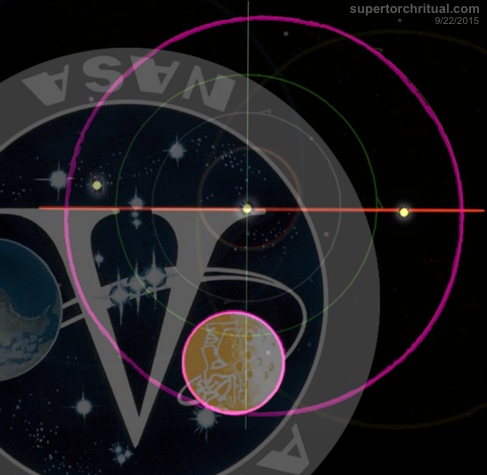
There it is, an unmistakable alignment! The flat feet of the big letter "A" now rest precisely on the solar system's equinoctial axis (red)!
At this point we have little reason to doubt we are dealing with a real hidden design here and not some happy coincidence. The following further confirms the reality of what we are uncovering…
Apollo 11 had its own insignia…

Let's bring together the two insignias (they are sized so that the inner edges of the circles match perfectly):
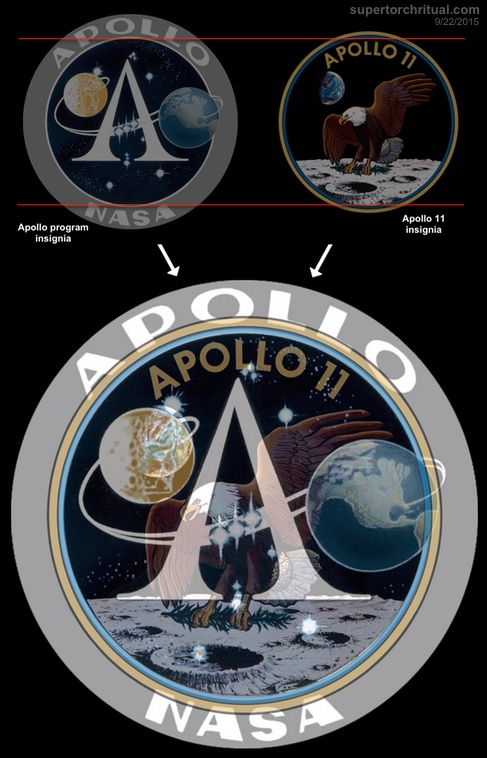
It's unmistakable: The same letter "A" stands tall like a pyramid right on the surface of the Moon!
The "pyramid" allusion here is no accident either.
There is this…
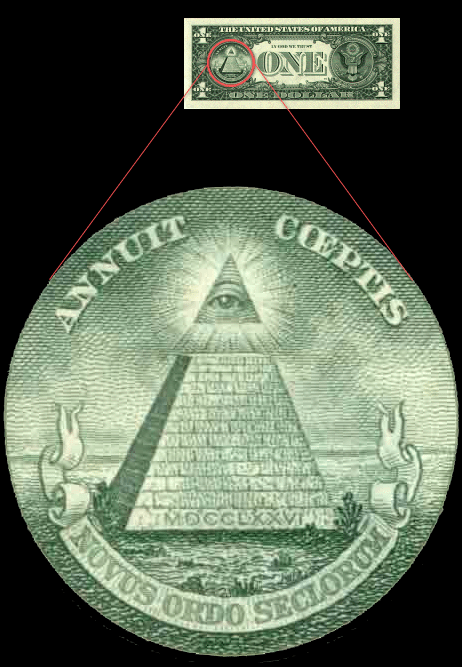
 
And there is also the Orion Correlation Theory: The Apollo insignia displays Orion and the Correlation Theory identifies Orion with the pyramids.

The Orion Correlation Theory emerged in the 1990s. The Apollo program was active back in the 1960s…
Somebody knew back then.
Both the Apollo program and CERN's LHC were enormous undertakings carried out by mankind to boldly go where no man has gone before. And we now see that they mysteriously interact with each other, whispering "Orion Stargate".
In Closing
So there you have it. I am confident I have provided enough compelling evidence to establish that CERN's Large Hadron Collider has a secret side that appears to be fully celestial in nature, ultimately pointing its ethereal finger to the Moon and Orion, as well as Mars.
Is the LHC a "Gate of the God", a "Tower of Babel", symbolically or literally connecting "heaven and earth"? Is it an "Orion Stargate" blueprint that can, if sufficiently decode, help us become a more inter-dimensional civilization?
And just who is behind the LHC secret design?
I don't have all the answers. It's all still very mysterious. The new revelations in this article, however, should serve as a major breakthrough paving the way for further investigation that will leads us to more stunning discoveries and more concrete answers to the big questions.
As always, if you are intrigued and would like to keep up with the latest, cutting-edge multicontextual discoveries (remember, a lot of the findings in this article are from my investigation all the way back in 2008-2010), consider joining STRUG (Super Torch Ritual Underground, our subscriber section), where information moves faster than the speed of light. Please also help us out by spreading the word. (If this article is met with silence, I might stop posting major public/free/Etemenanki articles.)
https://www.supertorchritual.com/underground/articles/CERN_Orion_Stargate.html |
|
|
|
Reply |
Message 6 of 7 on the subject |
|
|
|
|
Reply |
Message 7 of 7 on the subject |
|
Tellingly the LHC suns are aligned with the (original/#1) Earth's equinoctial axis.

So the context is right and the stage is set…
Are our 3 Suns a perfect replica of Orion's Belt, and through which the Giza pyramids? One way to find out:

They, are, in fact, identical!
The LHC is… an "Orion Stargate".
Apollo
Mankind set foot on the Moon for the first time on July 20th, 1969 as NASA's Apollo 11 mission successfully landed in the Sea of Tranquility, allowing the first astronaut Neil Armstrong to take his "one small step for (a) man, giant leap for mankind".

The Moon has been shown to be a major component of the LHC secret design and here it is confirmed further by the fact that the Apollo program also intelligently interacts with the LHC…
- The Apollo Earth-Moon connection echoes the LHC-SPS relationship (= Earth-Moon ratio)
- CERN/LHC is partially situated in the French town Saint-Genus-Pouilly; the name "Pouilly" apparently comes from the Latin "Appolliacum"; in Roman times there was a temple dedicated to Apollo in the area (link 1, link 2)
- "Apollo" is also said to mean "to destroy" or "the destroyer" (= Apollyon) and right at CERN/LHC infamously stands a statue of Shiva, a Hindu deity known as "the Destroyer"
Now let's take a look at the Apollo program insignia…

- The Orion constellation is centrally depicted in the middle of the insignia, resonating with the LHC "Orion stargate" code
- Orion represents Osiris the god of the underworld; the name "Apollo" is associated with a "bottomless pit" (underworld) via Apollyon/Abaddon in the Book of Revelation 9:11
Revelation 9:11 And they had a king over them, which is the angel of the bottomless pit, whose name in the Hebrew tongue is Abaddon, but in the Greek tongue hath his name Apollyon.
After finding this many correlations, our next logical step is to check for any visual overlay interaction between the Apollo program insignia, which is circular, and the LHC/solar system/Orion Belt Stars diagram we've been working with.
For starters, here is a straightforward overlay arrangement:

Not much happening… except the Moon and the SPS actually appear identical in size. We can check this by putting the two together…

As you can see, they are the exact same size. The SPS representing the Moon matching the size of the Moon… making perfect sense.
But why did we have to move the Apollo insignia for this? It's curious and seems a bit clumsy because the rearrangement didn't result in any other additional alignments. We need to investigate this a little further…
Keeping the Moon snugly inside the SPS, let us now rotate the insignia 180 degrees, i.e. we turn it upside down, like this:

There it is, an unmistakable alignment! The flat feet of the big letter "A" now rest precisely on the solar system's equinoctial axis (red)!
At this point we have little reason to doubt we are dealing with a real hidden design here and not some happy coincidence. The following further confirms the reality of what we are uncovering…
Apollo 11 had its own insignia…

Let's bring together the two insignias (they are sized so that the inner edges of the circles match perfectly):

It's unmistakable: The same letter "A" stands tall like a pyramid right on the surface of the Moon!
The "pyramid" allusion here is no accident either.
There is this…

 
And there is also the Orion Correlation Theory: The Apollo insignia displays Orion and the Correlation Theory identifies Orion with the pyramids.

The Orion Correlation Theory emerged in the 1990s. The Apollo program was active back in the 1960s…
Somebody knew back then.
Both the Apollo program and CERN's LHC were enormous undertakings carried out by mankind to boldly go where no man has gone before. And we now see that they mysteriously interact with each other, whispering "Orion Stargate".
In Closing
So there you have it. I am confident I have provided enough compelling evidence to establish that CERN's Large Hadron Collider has a secret side that appears to be fully celestial in nature, ultimately pointing its ethereal finger to the Moon and Orion, as well as Mars.
Is the LHC a "Gate of the God", a "Tower of Babel", symbolically or literally connecting "heaven and earth"? Is it an "Orion Stargate" blueprint that can, if sufficiently decode, help us become a more inter-dimensional civilization?
And just who is behind the LHC secret design?
I don't have all the answers. It's all still very mysterious. The new revelations in this article, however, should serve as a major breakthrough paving the way for further investigation that will leads us to more stunning discoveries and more concrete answers to the big questions.
As always, if you are intrigued and would like to keep up with the latest, cutting-edge multicontextual discoveries (remember, a lot of the findings in this article are from my investigation all the way back in 2008-2010), consider joining STRUG (Super Torch Ritual Underground, our subscriber section), where information moves faster than the speed of light. Please also help us out by spreading the word. (If this article is met with silence, I might stop posting major public/free/Etemenanki articles.)
https://www.supertorchritual.com/underground/articles/CERN_Orion_Stargate.html |
|
|
|
|
La Madeleine
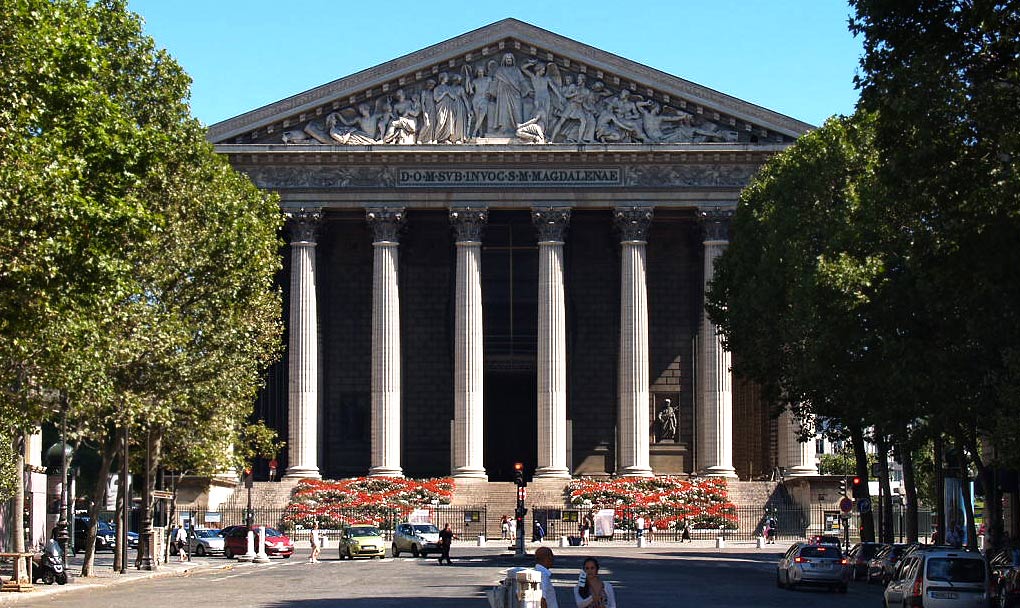
Foto: joz
Para ser una iglesia, la Madeleine tiene sin duda una forma extraña, pues parece más bien un templo de la antigua Roma. La explicación hay que buscarla en la turbulenta historia de París en los años que rodean a la Revolución Francesa.
Historia del monumento

La antigua Madeleine
Antes de que esta zona de la ciudad quedara completamente alterada con la construcción de la enorme Plaza de la Concordia, existía en este lugar una pequeña iglesia de la Madeleine. Pero el diseño de la nueva plaza exigía una iglesia más grande, cerrando la perspectiva de la "Calle Real", que conducía hasta ella.
Cuando estalló la Revolución Francesa, la iglesia se encontraba todavía a medio construir, e inmediatamente se detuvieron las obras.
Pasado el periodo revolucionario, Napoleón quiso convertir la iglesia inacabada en un templo pagano, dedicado a la gloria del Gran Ejército, la Grande Armée. Para ello, derribó todo lo construido hasta entonces, y comenzó a levantarse el edificio que hoy contemplamos.
Pero finalmente, viendo que su efímero Imperio se derrumbaba, decidió que el edificio, ya muy avanzado, volviera a su uso original como iglesia.
Exterior del monumento
La Madeleine tiene la forma de un templo "periptero", es decir, rodeado de columnas por sus cuatro costados, como los templos griegos. Y posee las mismas dimensiones que el mayor templo de la antigua Grecia: el de Zeus Olímpico de Atenas.
Los elementos más destacados en el exterior de La Madeleine son:
1. El frontón
Fue construido después de la Restauración borbónica, en tiempos de Luis Felipe de Orleans, el "rey ciudadano". Aunque Luis Felipe había sido partidario de la Revolución, quiso que la imagen de este gran frontón tuviera un espíritu de conciliación. Por eso permitió que apareciera en él María Magdalena arrodillada ante Jesucristo Juez, como una alegoría de la Francia arrepentida, que suplica perdón por la ejecución de Luis XVI.
En efecto, a pocos pasos de esta iglesia, en la Plaza de la Concordia, había tenido lugar, el 21 de enero de 1792, la muerte del rey en la guillotina.
2. Puertas de bronce
Las puertas de entrada al templo son uno de los elementos más impresionantes de esta iglesia, por sus colosales dimensiones y por la fuerza de sus relieves.
Fueron realizadas por el barón Henri de Triqueti y representan "Los diez mandamientos". Los dos primeros se encuentran en el panel horizontal de la parte superior, y los otros 8 en las hojas de las puertas.
Estos son los mandamientos, y las escenas que los representan. Todas ellas están tomadas del Antiguo Testamento y tienen gran fuerza expresiva.
- "No tendrás otros dioses fuera de mí". Escena que lo ilustra: el pueblo judío recibe las tablas de la Ley.
- "No invocarás en vano el nombre de Dios". El pueblo judío ante Moisés.
- "Santificarás las fiestas". Dios descansa el séptimo día.
- "Honra a tu padre y a tu madre". Noé maldice al hizo que se burló de él.
- "No matarás". Caín es castigado por la muerte de su hermano.
- "No cometerás adulterio". El profeta Natán recrimina al rey David.
- "No robarás". Josué dictando sentencia por un robo.
- "No levantarás falso testimonio". Daniel defiende a la casta Susana ante la acusación injusta.
- "No codiciarás la mujer de tu prójimo". Dios rescata a Sara, la mujer de Abraham.
- "No codiciarás la casa de tu prójimo". Elías recrimina al rey Acab por codiciar la viña de Nabot, y darle muerte.
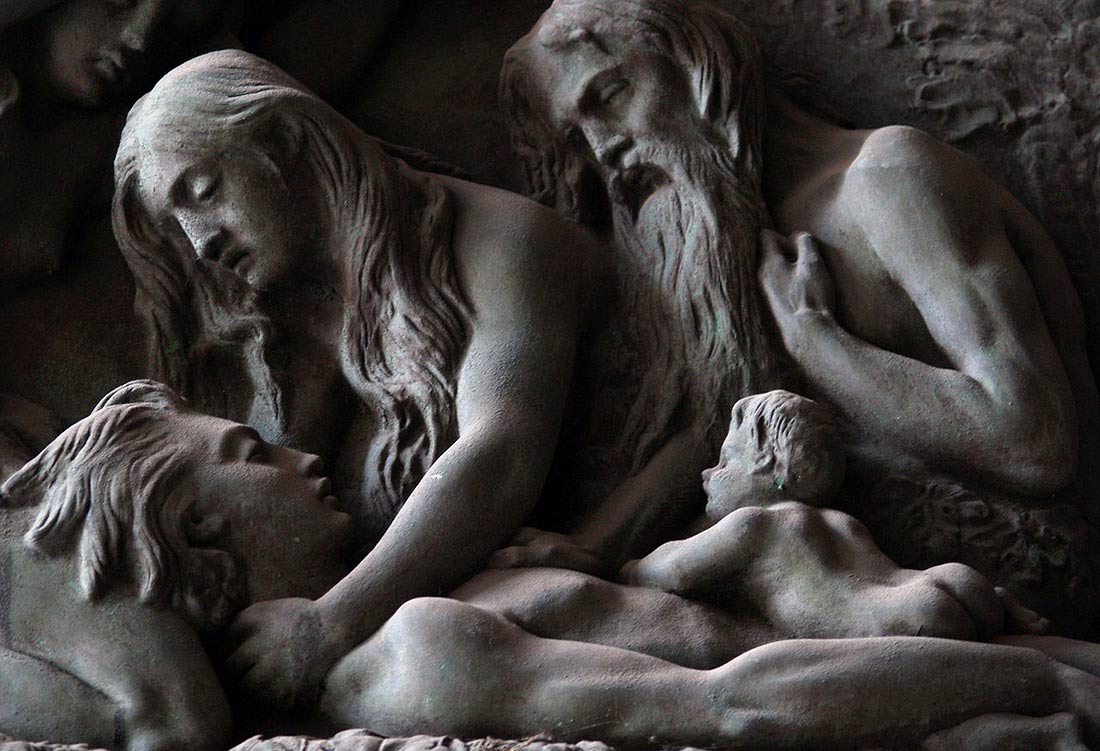
Detalle del 5º mandamiento. Abel yace en tierra tras ser asesinado por Caín. Foto: joz
Visita al interior
Si el exterior de La Madeleine parece un templo pagano de la Antigüedad, el interior se organiza como unas termas, con gran profusión de mármoles de colores.
Su mayor defecto es la escasa luz natural, que deja a la iglesia habitualmente en semipenumbra.
El techo se cierra mediante bóvedas rebajadas, adornadas con casetones y con un gran óculo en el centro, inspiradas en el Panteón de Roma.
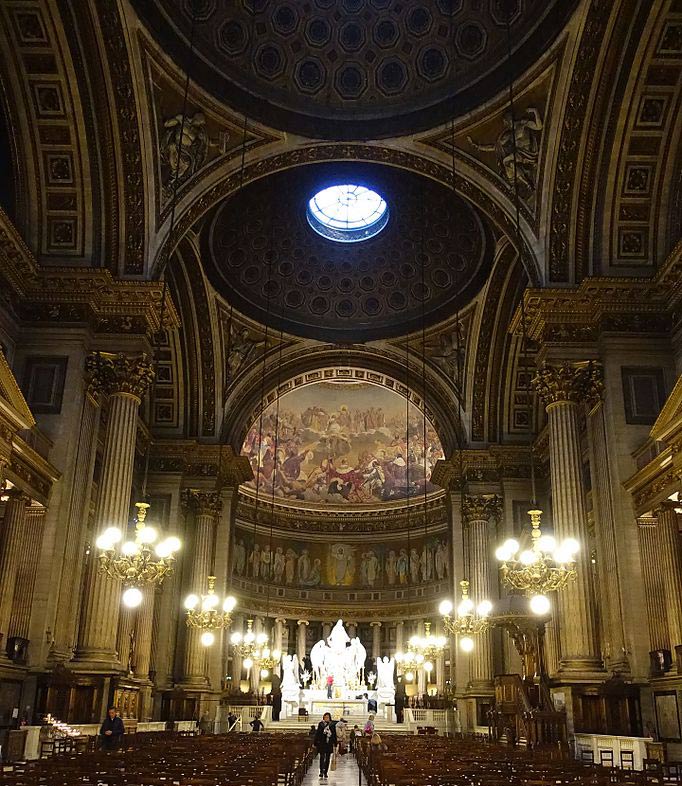
Foto: Guilhem Vellut (recorte)
La iglesia está llena de esculturas realizadas por artistas que fueron los mejores en su momento. El gobierno de Luis Felipe de Orleans puso gran cuidado la decoración de esta iglesia, que debía ser "El Remplo de la Reconciliación nacional", tras las convulsiones de la Revolución Francesa y del Imperio. Por eso destinó a La Madeleine grandes cantidades de recursos.
Las piezas más vistosas son:
- El gran grupo escultórico sobre el altar principal, obra de Charles Marochetti. Se llama "El arrebato de María Magdalena", a la que muestra en éxtasis, en el momento de ser arrebatada al cielo, transportada en una canastilla por ángeles de enormes alas.
-
El enorme fresco de Jules-Claude Ziegler, en el casquete del ábside. En él aparecen representados personajes de la Iglesia, de todas las épocas y culturas. La escena central representa a Cristo, que acoge y perdona a María Magdalena (alegoría de Francia arrepentida, como en el relieve del frontón).
Una banda a los pies de la santa explica el motivo: dilexit multum, amó mucho.
En el fresco aparece también la figura de Napoleón Bonaparte, que en ese momento acababa de fallecer y era extraordinariamente popular en Francia. Clica en la imagen para verlo.
LINKS ÚTILES
https://www.guiapracticaparis.com/la-madeleine.php |
|
|
|
|
|
 First
First
 Previous
2 a 7 de 7
Next
Previous
2 a 7 de 7
Next
 Last
Last

|
|
| |
|
|
©2025 - Gabitos - All rights reserved | |
|
|
 Shiva representado como Nataraj, el dios de la danza | Crédito: Flickr. Original / Peter F
Shiva representado como Nataraj, el dios de la danza | Crédito: Flickr. Original / Peter F
 A Shiva generalmente se le muestra con un par de serpientes alrededor del cuello, porque sobrevivió a la mordedura de una cobra (por eso, también, se le representa con piel azul) | Crédito: Deepak Gupta / Wikimedia Commons (Creative Commons Attribution-Share Alike 2.0)
A Shiva generalmente se le muestra con un par de serpientes alrededor del cuello, porque sobrevivió a la mordedura de una cobra (por eso, también, se le representa con piel azul) | Crédito: Deepak Gupta / Wikimedia Commons (Creative Commons Attribution-Share Alike 2.0)
 A Shiva se le reconoce por sus múltiples brazos, que representan el movimiento que describe al bailar. | Crédito: Flickr / Jean-Pierre Dalbera.
A Shiva se le reconoce por sus múltiples brazos, que representan el movimiento que describe al bailar. | Crédito: Flickr / Jean-Pierre Dalbera.

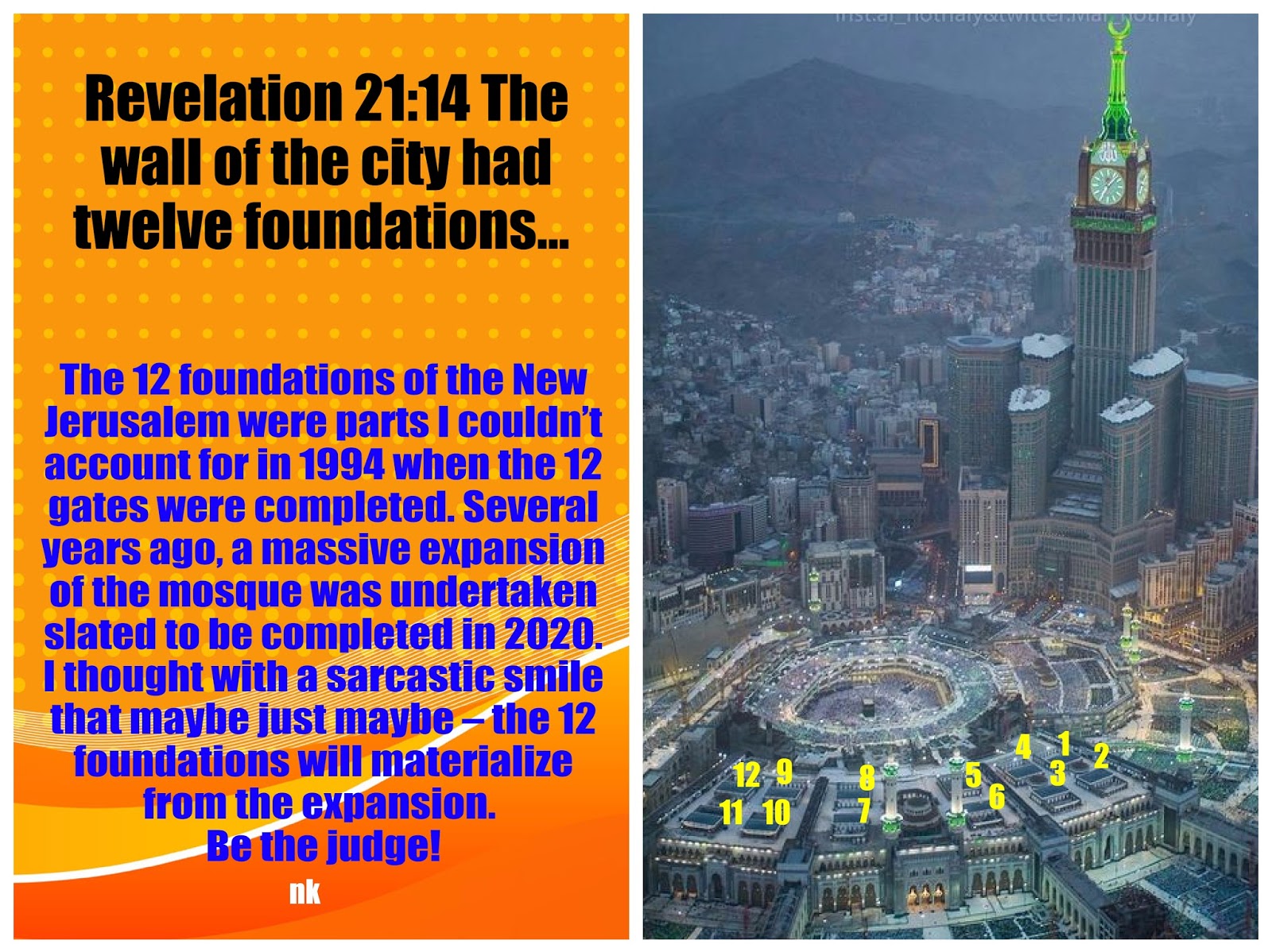


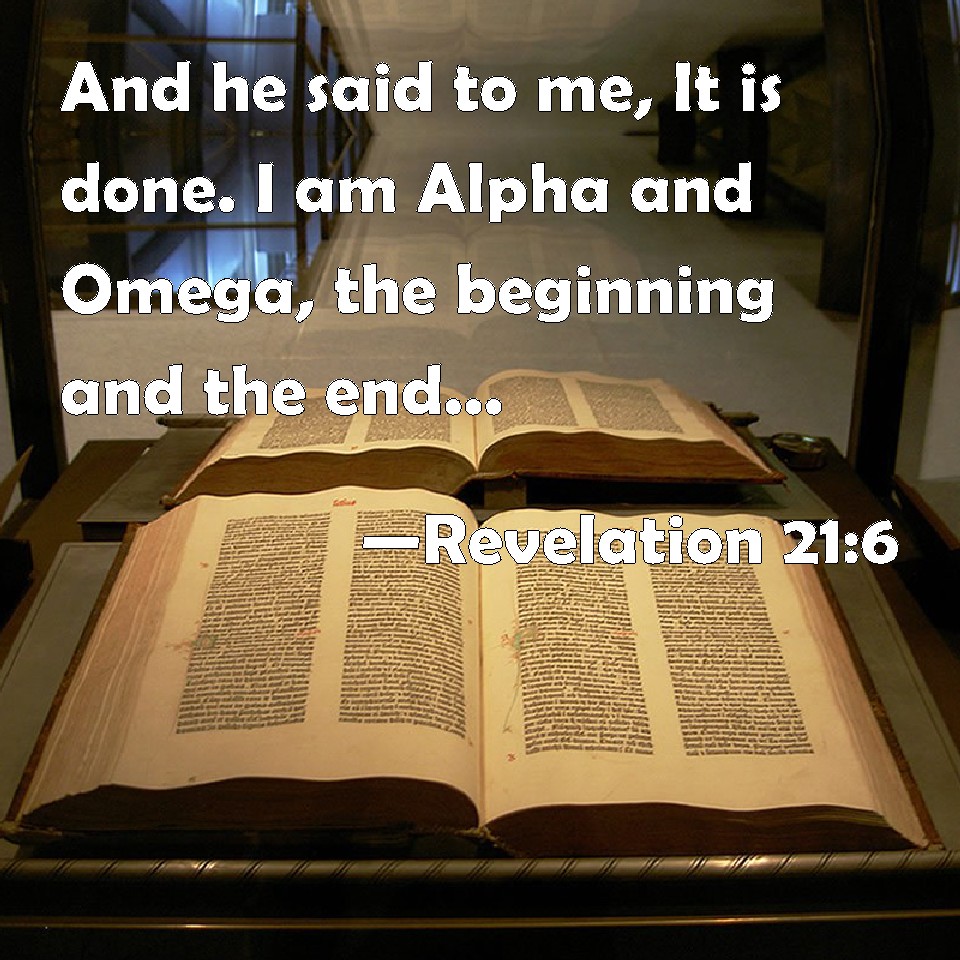


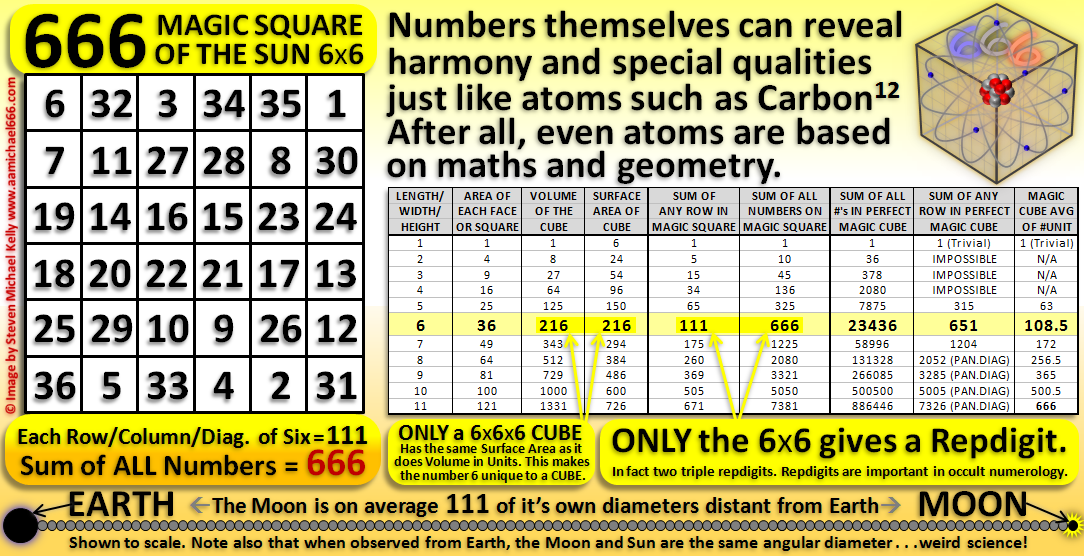





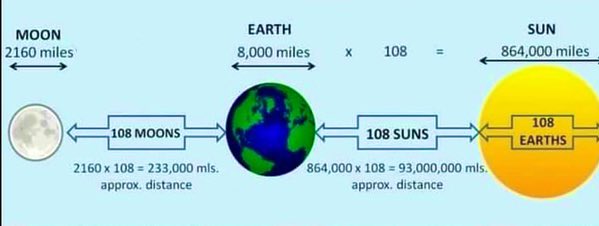









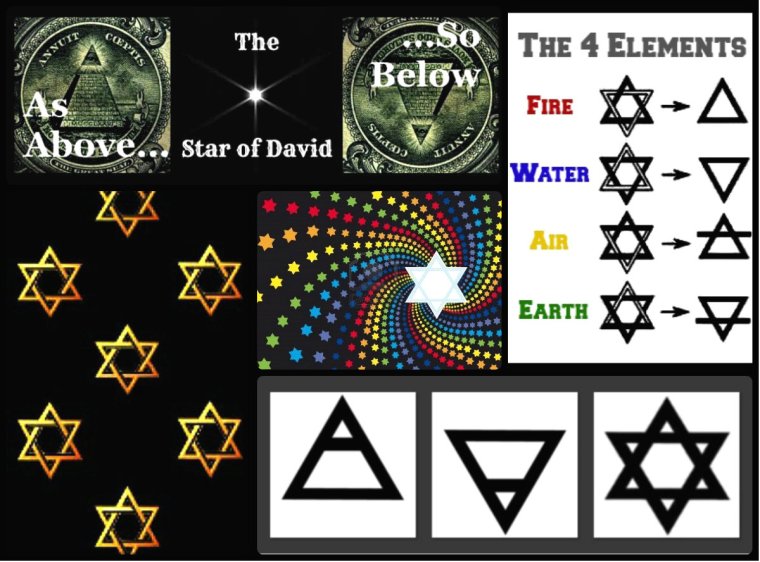
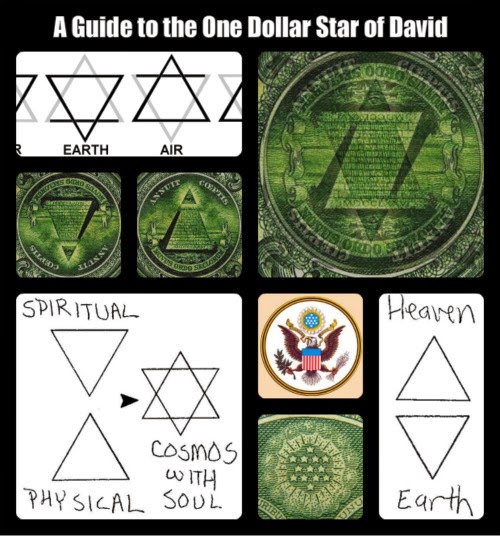

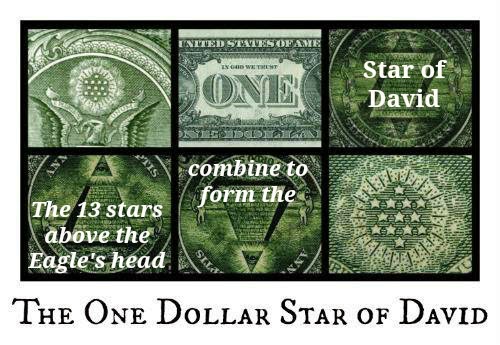
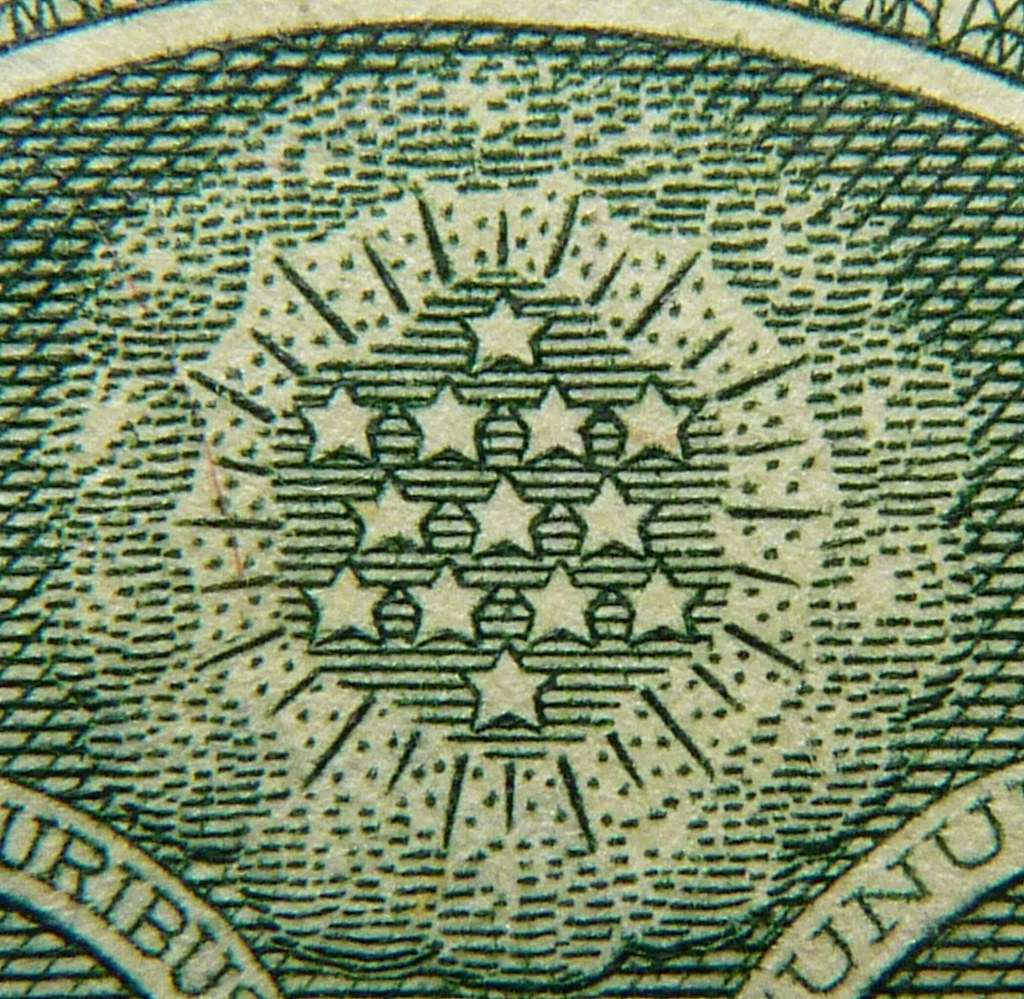

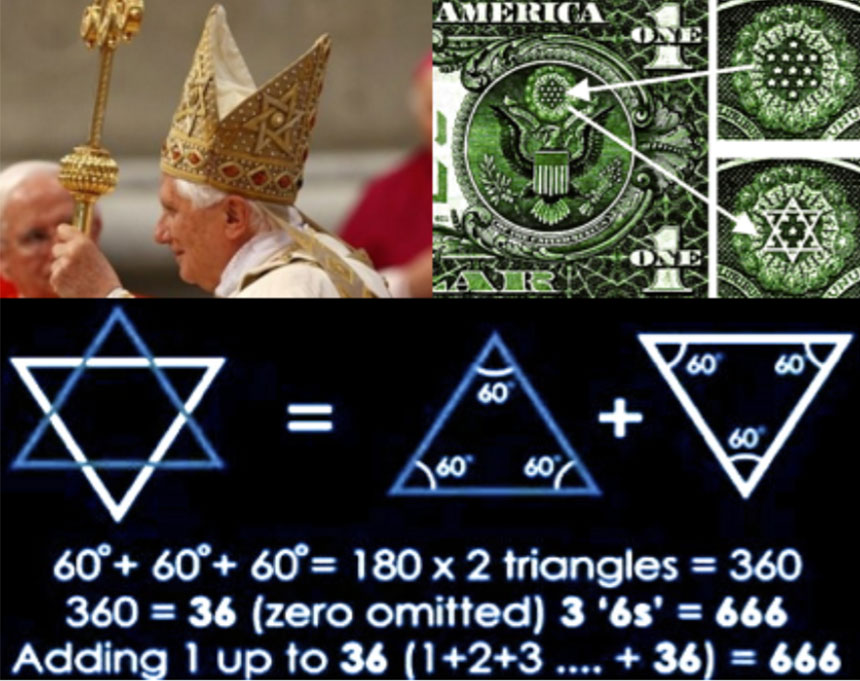



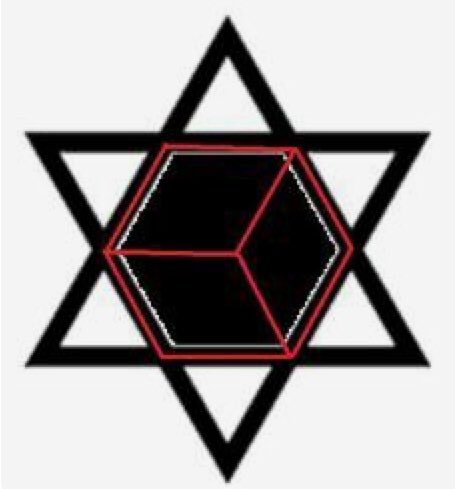

 Escultura monumental de Shiva, el dios hindú de la destrucción y la danza | Crédito: Thejas Panarkandy / Wikimedia Commons (Creative Commons Attribution-Share Alike 2.0)
Escultura monumental de Shiva, el dios hindú de la destrucción y la danza | Crédito: Thejas Panarkandy / Wikimedia Commons (Creative Commons Attribution-Share Alike 2.0)
















